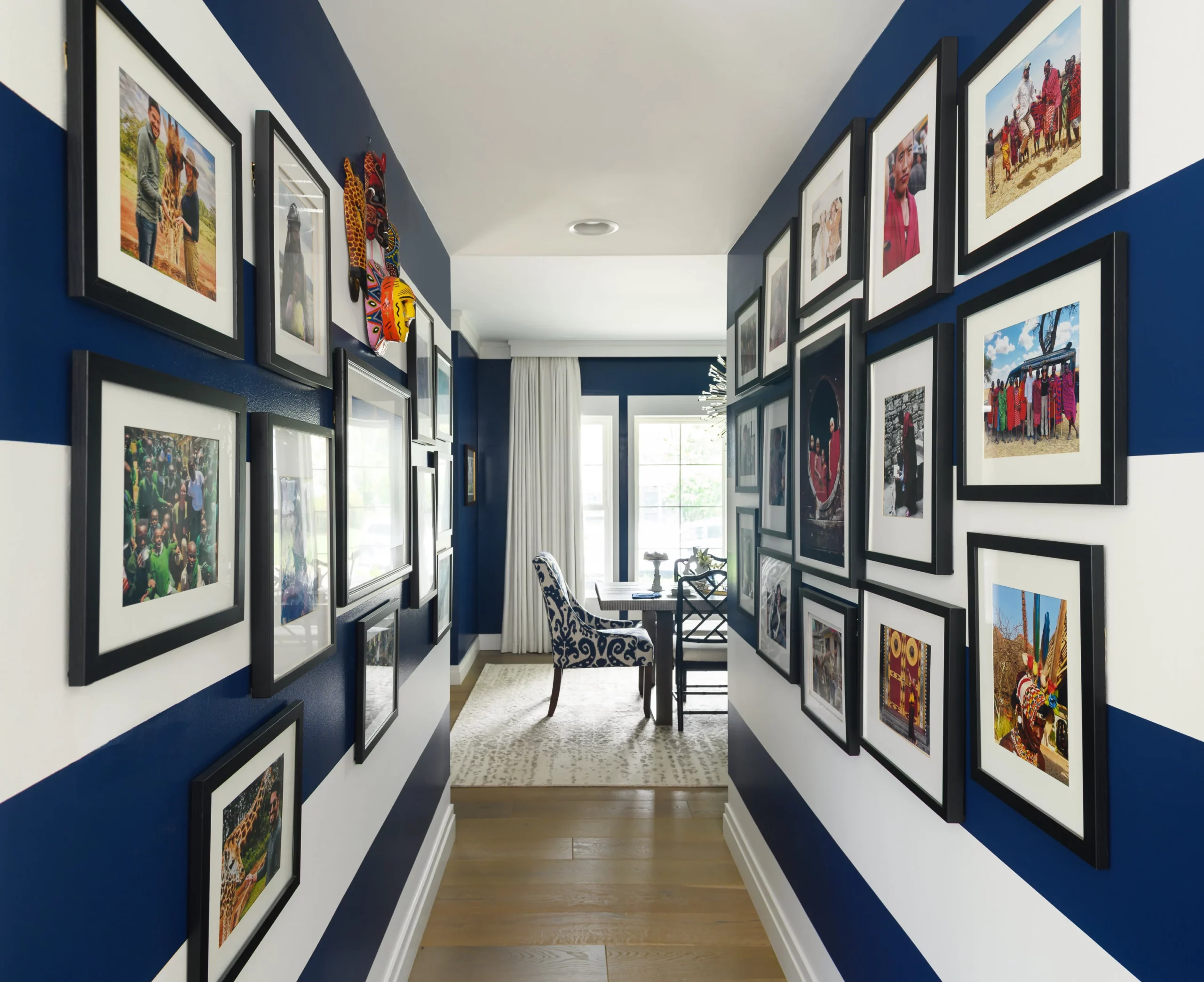Pictures speak volumes. This can be especially true for your art selection process, as the art you choose for your home can profoundly influence a room’s mood and overall aesthetic. But figuring out how to choose the right art for your home is challenging. While there are no rules for choosing art, some tips should help you choose the best for your space.
Consider The Size of The Space and The Wall That Needs Art
Do you want to hang the artwork in a large room with an expansive blank wall or a small office with limited wall space? The size of the room will often determine the amount of art you’ll need and its scale. The style of the room should dictate what type of art you choose, whether it’s traditional or contemporary.
Have an idea of where you want to hang it. If your space is small, Picture Hangers Sydney recommends hanging something above a mantle, console table, or sofa. Consider using a large-scale piece as an anchor for a grouping above a console table or buffet in a larger space. If you have high ceilings and lots of wall space, try creating a gallery wall — it’s one of the most popular ways to fill up empty wall space in any room and can be adjusted over time as your collection grows.
Consider Your Existing Decor
The best art is the kind you love. But if your current decor isn’t working out for you, it could be that you’re not choosing the right art. There are several things to consider when deciding what pieces to display in your home.
First, it’s essential to consider how the art will compliment your home’s existing decor and style. You want to select pieces that accentuate the theme of your room and fit in with the rest of your belongings.
Take a look at the existing decor in a room before buying pieces to add. Unless you’re planning an overhaul or just moving in and haven’t bought much yet, it’s best to choose art that complements or accentuates what’s already in place. If there’s already a lot of color and pattern in the room, choosing art with a more neutral palette might make sense — think subdued watercolors or black-and-white photography. However, if your decor is fairly minimal and lacking in color, picking bright abstracts or playful modern pieces can be a great way to inject some life into a space.
For example, if you’re hanging a piece in a bedroom, perhaps look for a work that embodies relaxation or tranquility. For a kitchen or dining room, perhaps choose something bright and colorful that conveys fun!
 Get Inspiration
Get Inspiration
Art is all around us, but finding the right pieces to decorate a home can sometimes feel overwhelming. However, finding the right piece for your space doesn’t have to be intimidating or expensive. Use these tips to find and purchase art that matches your taste:
Look at what hangs in your favorite restaurants, hotel rooms, museums, or art galleries Naples Fl. Pay attention to what you gravitate toward and figure out what you like and don’t like about certain pieces. By doing this, you’ll also notice what kind of art works best with different types of spaces and décor.
Get inspired by local things and places that mean something to you. For example, make your home in San Antonio with dark oak and greens to match the Texan landscape. :love the beach? Hang surfboards on the wall or frame vintage postcards from your favorite beach town. If you live in a space with great views, hang a piece of art that resembles those views and makes the most of them.
Think About The Lighting in Your Space
Certain types can make colors in an artwork fade or alter over time. If you have direct sunlight in your home, opt for UV-resistant art or a UV-resistant coating.
If you’re not sure how much light your space gets daily, consider it when choosing the media and color of your artwork. For example, if an oil painting fades over time, will it still work with your décor? Consider whether it’s important to you that the artwork retains its original color over time or if you’d prefer something more dynamic.
If you love an artist’s work but are unsure whether it will work in your space, ask them if they have a mock-up of their piece with different backgrounds (i.e., a living room). A mock-up can help you visualize how the artwork will look in your home and can also help you determine whether the materials are suitable for your space.
You might want to consider framing options as well. Frames protect the artwork from dust and other particles that can damage it over time and provide a way to hang the piece on a wall.
Don’t Be Afraid To Use Prominent Art As a Focal Point
Do you want it to blend into the background or be a focal point? If you love it, then it’s important enough for your home; don’t worry about how subtle or loud it is. If you’re looking for an accent piece, find something that will complement the existing colors in your room. And if you’d like it to be more of a focal point, consider choosing a larger piece or one with bolder colors and patterns.
Whether you want an eye-catching piece or something subtle depends on where you might put it — over the couch in the living room, at the end of a hallway, or above a side table in the bedroom. Anywhere that makes sense for its size and how much empty wall space there is around it. Just make sure nothing else competes with it.
Choose an Art That Matches Your Budget
Art is a personal choice. It’s a way to express your personality and your values. If you want to add a little life to your home, consider art as a way to tell your story. But art can be expensive, hence the need to choose art that fits your budget. You can make it fit into your budget by being strategic about what you buy and where you buy it from.
When shopping around, acknowledge that not all paintings are equal in value. A well-known artist’s work will cost more than an unknown artist’s work, even if the unknown artist is just as talented. Be aware that some antique pieces of art can be costly. Other pieces, such as oil paintings on canvas, can be cheaper but still look great on your walls. If you’re buying original artwork, shop around for something that fits into your budget.
Takeaway
Art can make or break a space, but with the above simple tips, you can feel confident in choosing the right pieces for your home — and not making common mistakes that can make your home look worse.
Related Posts




